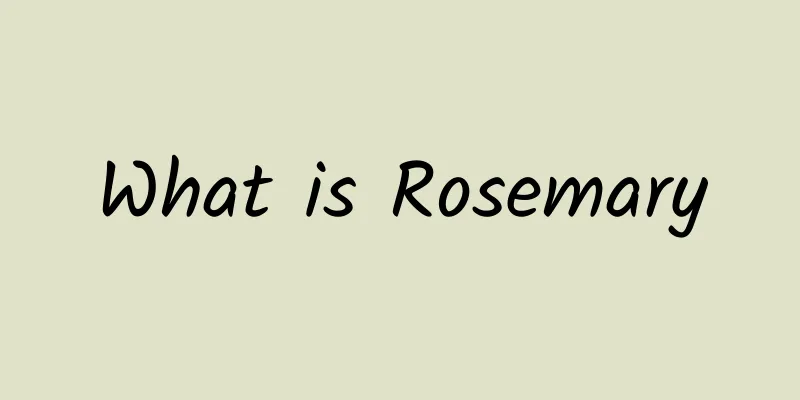What are the effects and functions of wild honeysuckle?

|
Many people only know about honeysuckle, but they don’t know that there is wild honeysuckle. Wild honeysuckle has many functions and effects, but it is different from ordinary honeysuckle. Therefore, for people, when eating wild honeysuckle, they must be particularly careful to avoid it because it is toxic. When people use it, it will only have irreversible consequences. Next, let us learn about the functions and effects of wild honeysuckle. Honeysuckle is a common flower in the Jiangsu and Zhejiang areas. People often plant it in the ground or in potted plants in their courtyards for viewing, and it can also be made into bonsai. Not only are the flowers beautiful, but their fragrance is also very pleasant. Cultivating it is really enjoyable for enjoying the flowers and smelling the fragrance. Especially in summer, it is endless fun to enjoy the cool under the honeysuckle rack. There are quite a few wild ones in the mountains and fields. my country has used honeysuckle or its vines as medicine for a long time. The one from Mi County, Henan Province is the most famous. The flowers are very long, with fuzzy buds and a slightly green glow, so they are specifically called "Mi Yinhua". The harvest of "Ji Yinhua" in the Yimeng Mountain area of Shandong Province is very large, and its reputation is slightly inferior to that of "Mi Yinhua". Habits: Honeysuckle likes light, but avoids direct sunlight in summer; it is relatively shade-tolerant and cold-resistant, and has no strict requirements on soil, and can adapt to both acidic and alkaline soils. Apply some compost, manure, etc. as base fertilizer before germination in autumn or early spring. Some thin liquid fertilizer can be applied after germination and when picking flowers. Pruning is necessary in spring. Keeping more branches can promote increased production, but branches that are too old or too dense must be cut off to facilitate ventilation and light transmission. Because honeysuckle is a strong plant, it can be managed in a more rough manner. Flowering period: April to June Reproduction: Mainly by cuttings. Layering, division or sowing can be used. Cuttings are usually carried out in spring, and the vines are cut into cuttings about 10 cm long. Keep moist after planting and strengthen management. It will take root in one month and bloom in the same year. This method is simple and easy with a high survival rate, and can be propagated in large quantities, so it is often used in home flower cultivation or garden nurseries. The layering method can be carried out in spring and summer. Choose the longer branches on the mother plant and bury them at a depth of 4-5 cm. They can take roots in the autumn of the same year and should be separated from the mother plant and transplanted in late autumn or spring of the following year. The best time to do the division is before the buds sprout in spring. Sowing can be done in spring. Before sowing, soak the seeds in 45-degree warm water and germinate them. Because seeds rarely mature, this method is rarely used. It is best to plant 2 to 3 plants in a clump, and transplanting is best done in spring. Medicinal use: Collecting and processing medicinal flowers, stems and leaves. The flowers are harvested in late spring and early summer. You can pick the buds that are about to bloom before sunrise and then dry them in the sun (fumigation with sulfur can reduce insect infestation and mold for easier preservation). The stems and leaves can be harvested all year round and used fresh or dried for later use. The stem of honeysuckle is called "honeysuckle vine" or "gold and silver vine" in medicinal use Nature and flavor: clearing heat and detoxifying. Honeysuckle vine can also clear away wind-heat in the meridians and relieve meridian pain. Wild honeysuckle has many functions and effects. It just requires people to be more careful and cautious when using it. In fact, there are many plants in life that are useful and valuable to us. The key lies in whether we can discover them carefully, especially people with weaker bodies. We should always pay attention to this issue. |
<<: What are the effects of the Chinese medicinal material Astragalus
>>: What are the effects and functions of fresh honeysuckle?
Recommend
What is the recipe for Codonopsis Pig Heart Soup?
When making Codonopsis and Pig Heart Soup, you ne...
The efficacy and function of orchid ginseng
Ginseng is a kind of traditional Chinese medicine...
The efficacy and function of chrysanthemum
As a traditional Chinese medicinal material, chry...
Moxibustion for depression
Moxibustion is one of the most common moxibustion...
How to eat Panax notoginseng powder without hurting the stomach
Everyone knows that Panax notoginseng powder can ...
Sitting for a long time and having back pain? One move can help you!
As an adult, who hasn’t experienced lower back pa...
Electric fan + mineral water bottle instantly turns into a "cooling artifact", is there any scientific basis for this?
Recently, a short video of "loading mineral ...
Chinese polar exploration: from Dayu's flood control to the "Central Kingdom"
In recent years, the topic of the migration of an...
The Guishan Island volcano is wearing a vest? We still recognize you!
Guishan Island (English name Kueishantao or Guish...
The efficacy and function of red kraut
Red calfskin is a kind of traditional Chinese med...
How to take birch tears?
Birch tears are a liquid from the birch tree, als...
The more I apply a mask, the drier my skin becomes? What’s the problem?
Peeling, flaking, and enlarged pores? If your ski...
If the Amazon rainforest disappeared, would it affect the oxygen content on Earth?
The Amazon rainforest burns several times almost ...
Chinese medicine to strengthen the spleen and stomach and remove dampness Chinese patent medicine food recipe
In today's society, more and more people have...
What are the effects of the stone vine
Trachelospermum erythrorhizome is actually a herb...









